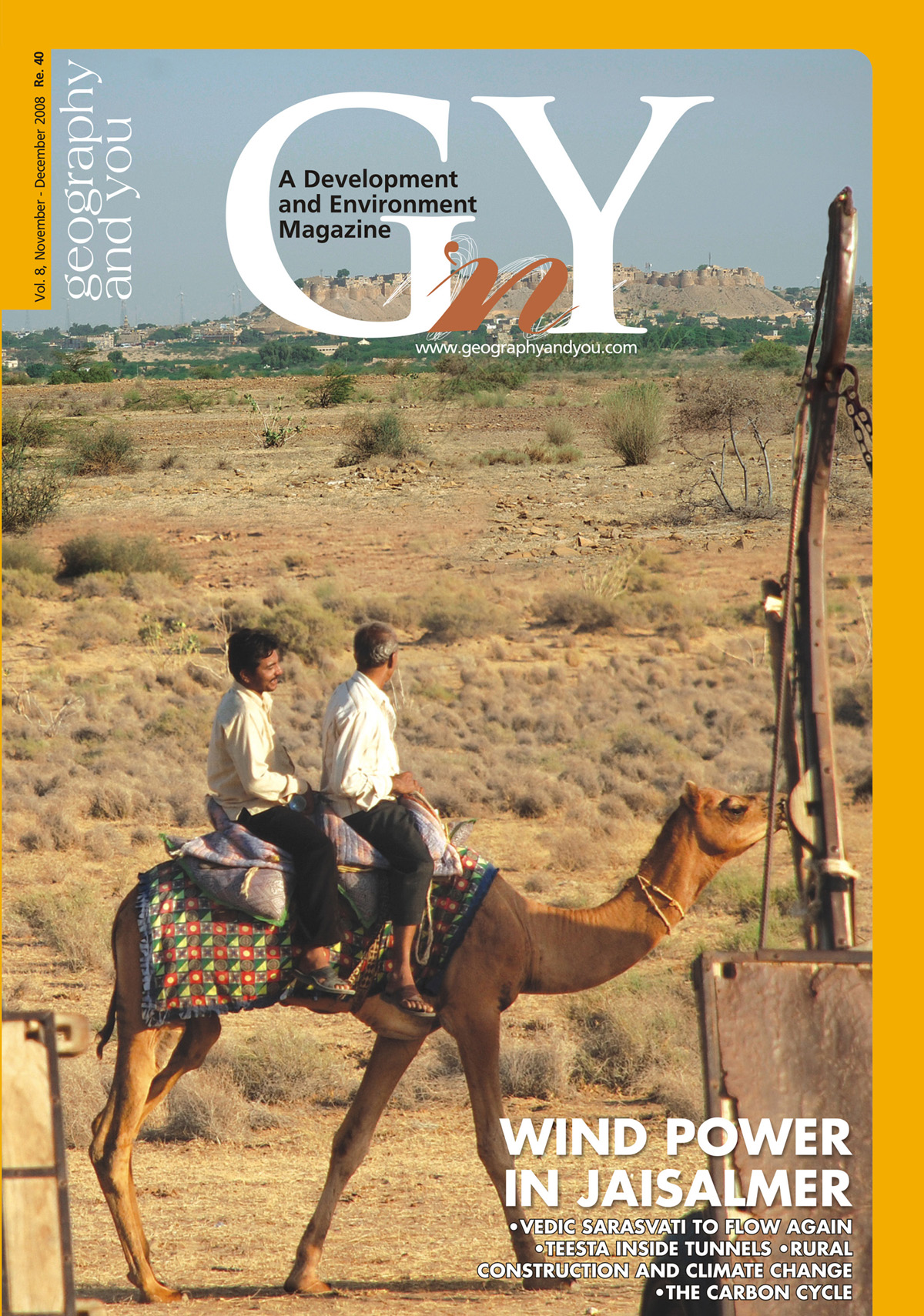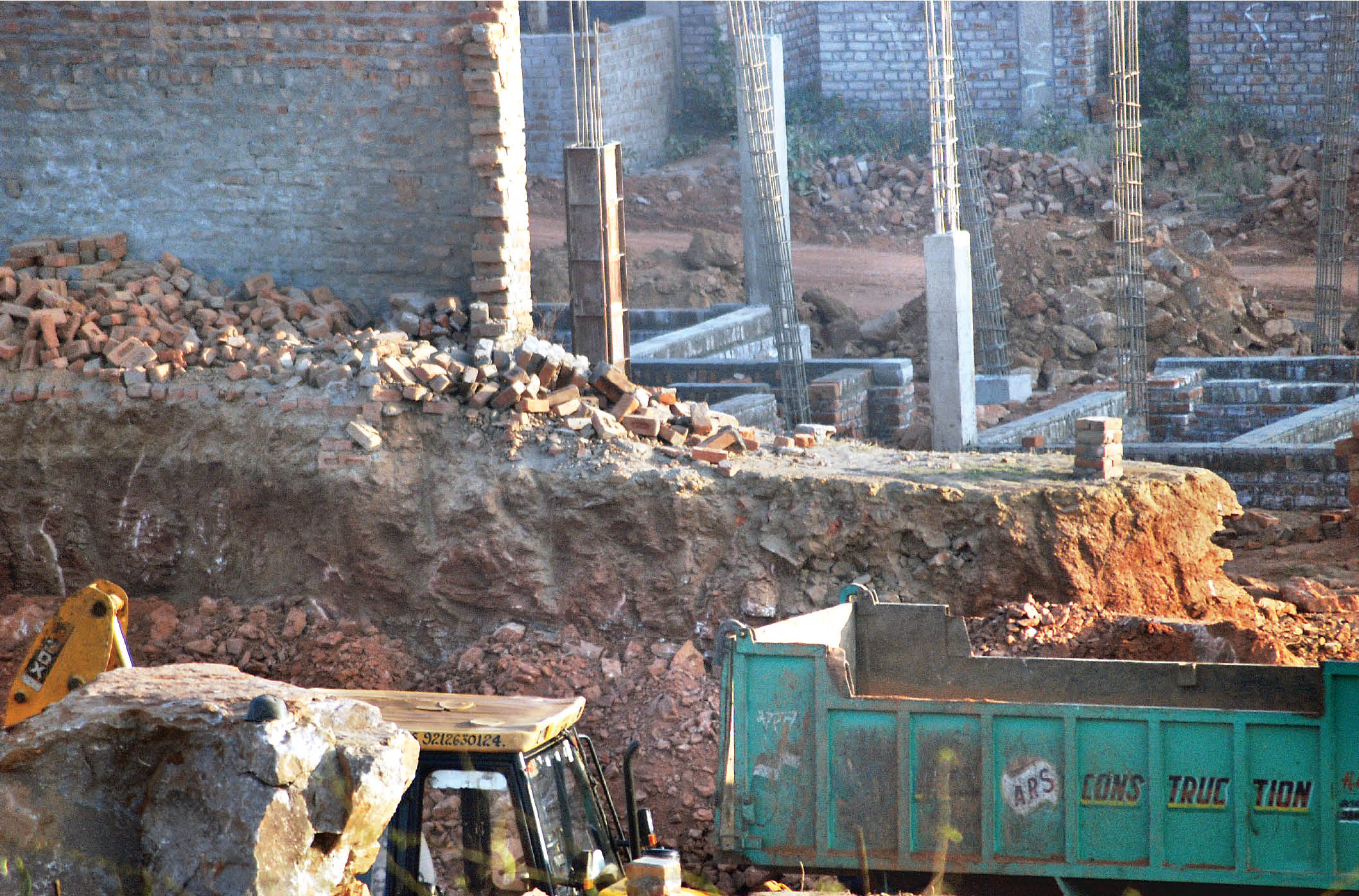
Inside this issue
Habitat India
The Pucca construction is the first indication of economic mobility of a family. Also for every one crore rupees of investment in housing, nearly 290 industries in the building material sector get activated besides the core manufacturing sector constituting cement, steel and bricks.
The State of Chhattisgarh is transforming and contrary to the older generation where tribal or non-tribal status impacted the way people would access amenities such as literacy, the disparities in the population are disappearing rapidly.
Energy India
It may be emphasised that the Expert Committee constituted was fully aware of the observations of carrying capacity studies, hence necessary safeguards were incorporated while recommending the issue of environment clearance to various projects in the Teesta Basin.
Chained in tunnels the Teesta River may no longer inspire poetry and exponents like Bhupen Hazarika may no longer find it relevant to sing his ode chanchala, as the boisterous flow of the tumultuous river is now blocked at several places for generation of hydro-power.
Concept Counter
The carbon cycle is the process by which carbon from the atmosphere, in the form of carbon dioxide gas, is circulated through the ecosystem. Carbon dioxide is an inorganic compound. It is converted to organic carbon compound by plants on land and algae in the oceans, which use it to make food, carbohydrates, by photosynthesis.
The G‘n’Y team conducted a questionnaire based double season - summer 2006 and winter 2008 - structured study with the objective to understand the status of wind power station largely built by the private players Suzlon and Enercon, viz-a-viz local amenities and socio-economic conditions in and around Jaisalmer city.
Agro Issues
Sundarbans ecoregion presents one of the most biologically productive and diverse ecosystems of the Indian subcontinent and harbours a wide range of floral and faunal species. Climate change impacts in terms of rising sea level and accelerated coastal erosion are already evident in Mousuni Island, Namkhana Block and Bermajur, Sandeshkhali Block in the Sundarbans . Although preliminary observations of climate change impacts on biotic components of the ecosystem have been made, concerted research needs to be initiated to understand the impact in the globally significant ecoregion.
Traveller's diary
The cemented path to the temple has been laid through rhododendron forests and after about 300 metres of a sunny afternoon climb we rested at a tea stall to garrulously gulp fresh rhododendron juice.
Sarasvati, a majestic river, originating in Himalaya, flowed through present day Haryana, Punjab, Rajasthan and Gujarat to join the Arabian Sea. Ancient Vedic culture flourished on its banks and important towns like Kurukshetra, Pehowa, Shatrana, Sirsa, Kalibangan, Pilibangan, Suratgarh, Beriwal etc., gained prominence.
Conserving hotspots
Biodiversity sites are of global importance, having tremendous potential for future economic development, especially as a result of emerging new trends in biotechnology.
India is a large developing country with nearly 700 million rural population directly depending on climate sensitive sectors (agriculture, forests and fisheries) and natural resources (such as water, biodiversity, mangroves, coastal zones, grasslands) for their subsistence and livelihoods. Further, the adaptive capacity of dryland farmers, forest dwellers, fisherfolk, and nomadic shepherds is very low. Most regions of India experience adverse impacts of climate variability at frequent intervals that lead to reversal in development achievements.
An age old tradition, India even today blithely sells its tag of being the mystical land of snake charmers. The People who profess this 'Art' however live a life of penury. The gap between protecting the hapless reptiles and developing a viable livelihood for the snake charmers needs to be addressed immediately to save whatever little traditional knowlegde may be left.
In brief
Dear readers, A lovely yet unusual winter awaits us this year. Stray cases of dengue way beyond its stipulated period, increase in respiratory ailments across India and unexplained fevers point towards changing times. The impact of climate change as scientists predict, may be perceived resoundingly

